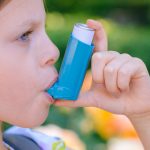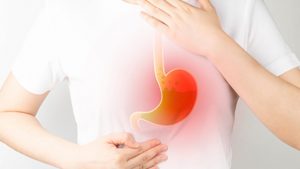
It’s not only a mother’s mental health that is tied to the risk for preterm birth — the father’s matters, too. New research found that the risk of premature birth was higher for infants whose mothers or fathers had a psychiatric diagnosis than for those whose parents did not. Researchers from the Karolinska Institute in Sweden analyzed data on all live births to Nordic parents in Sweden between 1997 and 2016. The study findings were published July 20 in PLOS Medicine. Of 1.5 million babies, 15% were born to parents with a mental health diagnosis. For parents without a diagnosis, 5.8% of babies were born preterm. Paternal diagnosis increased the risk to 6.3% of births, and maternal diagnosis increased the risk to 7.3%. If both parents had a mental health diagnosis, the risk of preterm birth was greatest — affecting 8.3% of births. The researchers also found that the risk grew even more for parents with several co-existing psychiatric disorders. “Children of parents with mental illness are at increased risk of being born too early — both the mothers’ and fathers’ are important,” study author Weiyao Yin, a postdoctoral researcher, said in a journal news release. Preterm birth is associated with negative health consequences for babies, including anemia, jaundice, immune system problems and cerebral palsy, as well as a higher risk for sudden infant death… read on > read on >






































